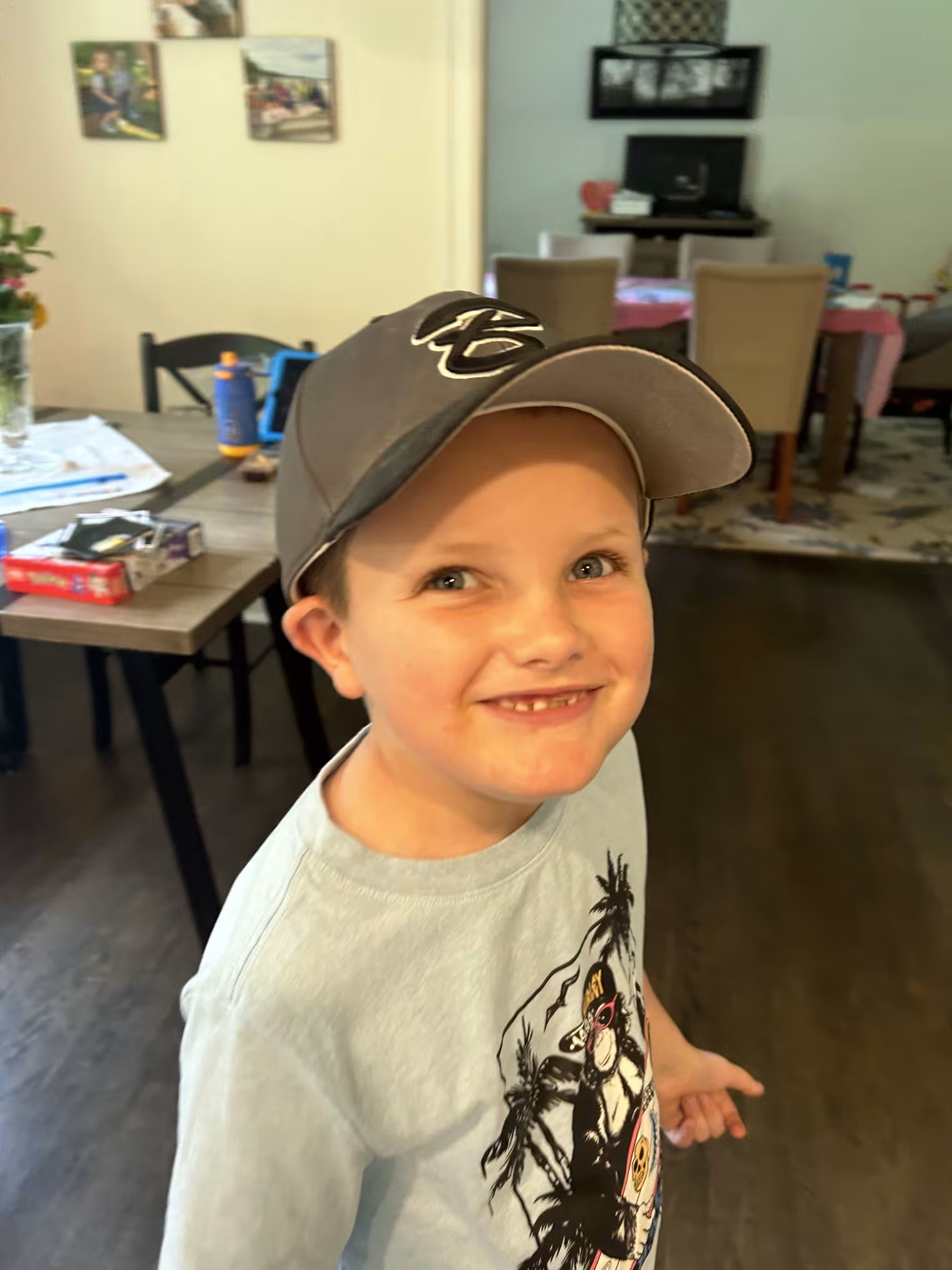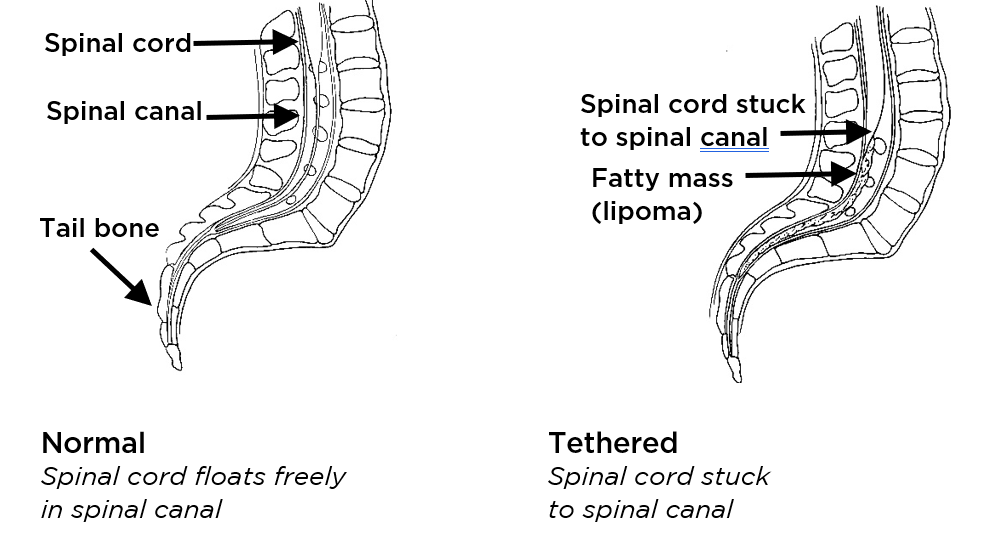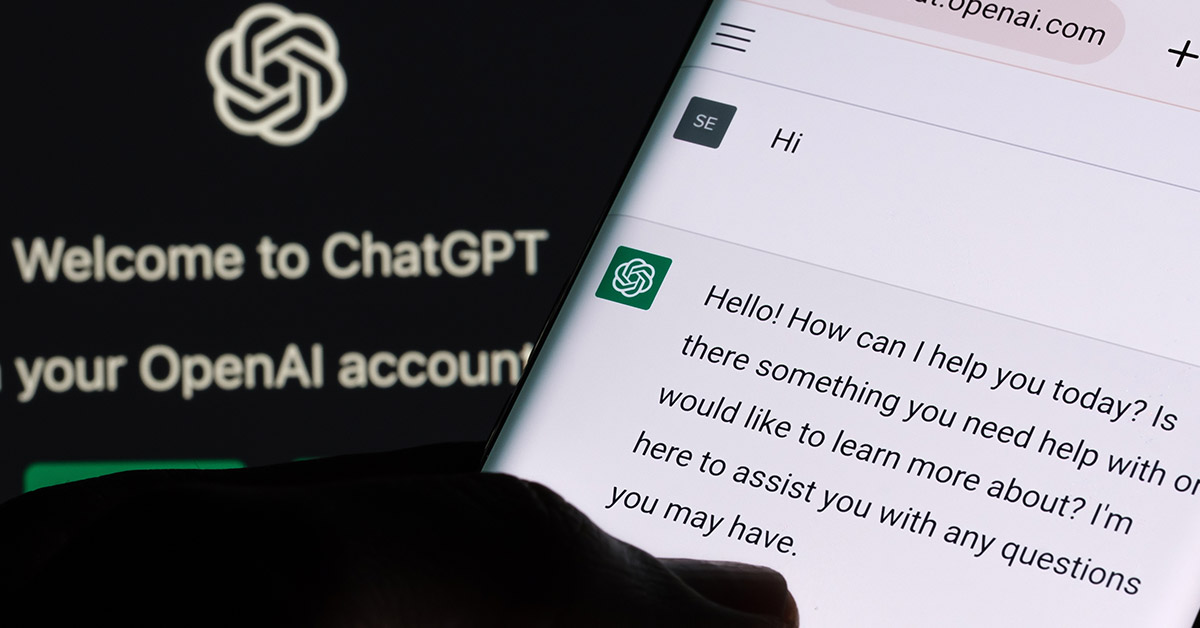Artificial intelligence helped diagnose a child after his symptoms stumped doctors for years. Courtney (who didn’t disclose her last name) explained that her son was four years old when the signs began. It was during the COVID-19 lockdown, and the nanny informed Courtney that Alex had to take Motrin every day or he would have “gigantic meltdowns.” Eventually, ChatGPT helped diagnose Alex with a rare condition called tethered spinal cord syndrome.
An onslaught of mysterious symptoms

Alex saw 17 doctors over three years for his chronic pain
As time went on, more symptoms arose, in addition to chronic pain. Alex began chewing on random objects, and his family worried if he was trying to alleviate discomfort from cavities or molars coming in. “Our sweet personality, for the most part, is dissolving into this tantrum-ing crazy person that didn’t exist the rest of the time,” Courtney said to Today.
However, a dentist ruled out everything and referred them to an orthodontist, saying the pain may be caused by teeth grinding. An orthodontist said his palate was too small, and this can cause sleep disruption. Thinking poor sleep might be behind some of the symptoms, the family was relieved when Alex got an expander on his palate.
But the nightmare was far from over. He was experiencing exhaustion and severe headaches. Soon, Courtney noticed that Alex’s growth had stunted and he was walking strangely. “He would lead with his right foot and just bring his left foot along for the ride,” she said. But no matter how hard she tried, she could not find the answer.
Finding a diagnosis through ChatGPT
Over the course of three years, Alex saw a total of 17 experts — including multiple pediatricians, a physical therapist, a pediatric internist, an adult internist, a musculoskeletal doctor, an ENT specialist and a neurologist — but none of the suggested treatments helped. “Nobody’s willing to solve for the greater problem,” she said. “Nobody will even give you a clue about what the diagnosis could be.”
In a moment of frustration, the mother made an account on ChatGPT, an artificial intelligence platform, and wrote out everything she knew about her son’s condition. “I went line by line of everything that was in his (MRI notes) and plugged it into ChatGPT,” she said. “I put the note in there about… how he wouldn’t sit crisscross applesauce. To me, that was a huge trigger (that) a structural thing could be wrong.” When the A.I. suggested the cause may be tethered cord syndrome, “it made a lot of sense,” she said.
Courtney then joined a Facebook group for families with children who have this rare condition, and realized their stories resembled Alex’s. So she took her son to a new neurosurgeon and explained her suspicion. “She said point blank, ‘Here’s occulta spina bifida, and here’s where the spine is tethered,” Courtney said.
What is tethered spinal cord syndrome?

Spina bifida occulta is a type of spine malformation that occurs during early fetal development. This condition is categorized by vertebrae that don’t properly close, leaving the spinal column sensitive to injury. Bear in mind, most people with spina bifida occulta don’t experience any symptoms and live healthy lives. In fact, many are unaware they even have this condition, according to Healthline.
However, its most common complication is tethered cord syndrome (TCS), which is when the spinal cord becomes restricted. Normally, the spinal cord hangs freely, but in this case, it becomes attached to the spinal column, which inhibits its movement and causes abnormal stretching, says Seattle Children’s Hospital. As a result, those with TCS experience nerve pain and neurological issues, including:
- Pain in the back and legs
- Weakness, spasms, and numbness in the leg muscles
- Feet with curled toes or raised arches
- Loss of bladder or bowel control
- Frequent bladder infections
- Worsening scoliosis
- A dimple, birthmark, tuft of hair, or mass on the lower back
Many children with spina bifida have noticeable openings or masses on their backs. But spina bifida occulta is also known as “hidden spina bifida” because the signs are easily missed. “My son doesn’t have a hole. There’s almost what looks like a birthmark on the top of his buttocks, but nobody saw it,” said Courtney. “He has a crooked belly button.”
After the diagnosis, Alex underwent an operation that alleviated his tethered cord syndrome by detaching the cord. Today, he is a healthy and “happy-go-lucky” child who loves playing sports. Courtney shares their story in hopes of helping others who are struggling to find answers to their child’s undiagnosed medical problems. “There’s nobody that connects the dots for you,” she says. “You have to be your kid’s advocate.”
ChatGBT in the medical field
Researchers are already looking into ways to incorporate A.I. into medical facilities. ChatGPT’s coding makes it a strong contender for being a medical search engine. This is wonderful news for people with uncommon symptoms who have been searching for answers for years. “What patients care about more than their diagnosis is making sure that whatever the condition they have is getting treated right,” said Ethan Goh, a postdoctoral scholar in Stanford’s School of Medicine and author of a clinical trial on this subject, in an interview with Standford University. “Human physicians handle the treatment side of things, and the hope is that A.I. tools can help them perform their jobs even better.”
However, ChatGPT cannot replace the experience and expertise of trained professionals, especially since artificial intelligence may fabricate information if it can’t find a real answer, or provide inaccuracies and errors. So just like any medical tools like stethoscopes and MRI machines, A.I. needs further testing to determine its true safety and efficiency.
Read More: A new type of Artificial Intelligence can detect breast cancer 5 years before diagnosis

